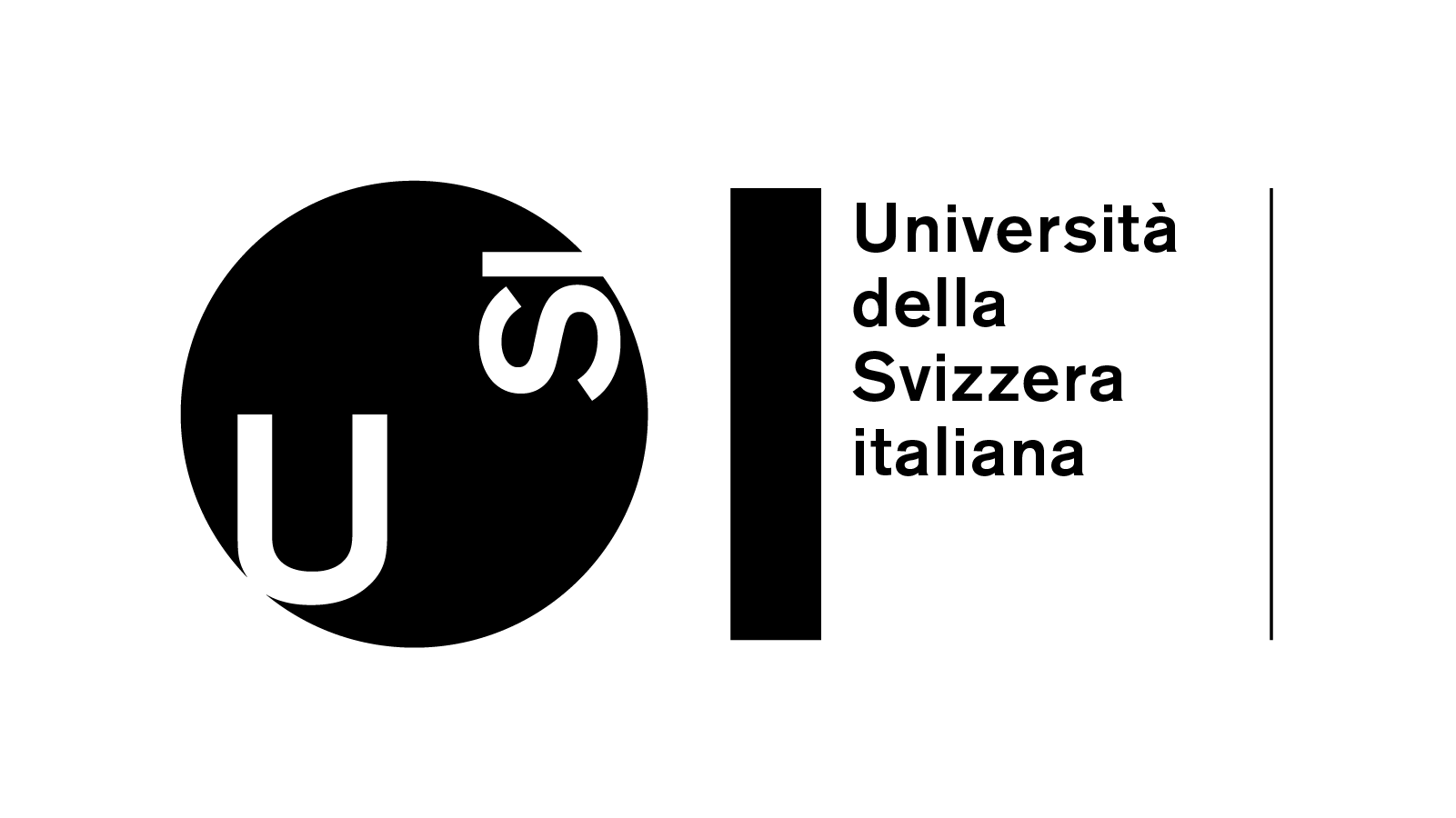
University of Italian Switzerland
Green Education Ranking
#326
About University of Italian Switzerland
The Università della Svizzera italiana (USI), or the University of Italian Switzerland, is a distinguished public university located in the Italian-speaking region of Switzerland. Established in 1996, it is one of Switzerland's youngest universities, offering a unique blend of cultural and linguistic diversity. The university is known for its international outlook and interdisciplinary approach, fostering a vibrant academic environment that attracts students and faculty from around the world. USI comprises five faculties: Architecture, Economics, Communication, Culture and Society, and Informatics. These faculties offer a variety of undergraduate, graduate, and doctoral programs, emphasizing innovation and practical application. The university is particularly renowned for its research initiatives, which address contemporary global challenges through its numerous research institutes and centers. Collaboration with other Swiss and international institutions enhances the university's research impact and academic reputation. Located in Lugano, the largest city in the canton of Ticino, USI benefits from a picturesque setting and a dynamic cultural scene. The university promotes a close-knit community with personalized learning experiences, small class sizes, and accessible faculty. Its strategic location near the Italian border also provides unique opportunities for cross-border collaboration and cultural exchange. With its commitment to academic excellence, internationalization, and community engagement, the University of Italian Switzerland is a key player in higher education both in Switzerland and internationally.
About World Green University Ranking
World
Green University Ranking 2024 is a
scholarly acknowledgment of educational
institutions standing at the forefront of
Education for Sustainable Development (ESD) and
leading the Green Education Transformation
(Education 6.0).
World Green University Ranking classifies
universities based on the six pillars of the
Holistic Green Education Framework, including
leadership governance, curriculum, innovation,
facilities, human capital, and community
partnerships.
The methodology employed in our Green Education Ranking is designed relying on the six pillars of the Holistic Green Education Framework. Each pillar contributes to the institution’s overall score, with a carefully assigned weight reflecting its significance in fostering sustainability. The total weight of the six pillars collectively amounts to 100%, signifying a balanced evaluation across critical dimensions of Green Education. Within each pillar, various standards are carefully assessed, with weights ranging between 1 and 2, emphasizing the varying importance of each criterion. This nuanced approach ensures a holistic evaluation and offers an insightful measure of universities commitment to Green Education Transformation (Education 6.0).
| # | Six Pillars of Green Education Framework (6Gs). | Weight |
|---|---|---|
| 1 | Green Educational Leadership | 14% |
| 2 | Green Curriculum | 17% |
| 3 | Green Innovation and Research | 19% |
| 4 | Green Facilities | 15% |
| 5 | Green Human Capital | 19% |
| 6 | Green Communities | 16% |
| Total | 100% |

